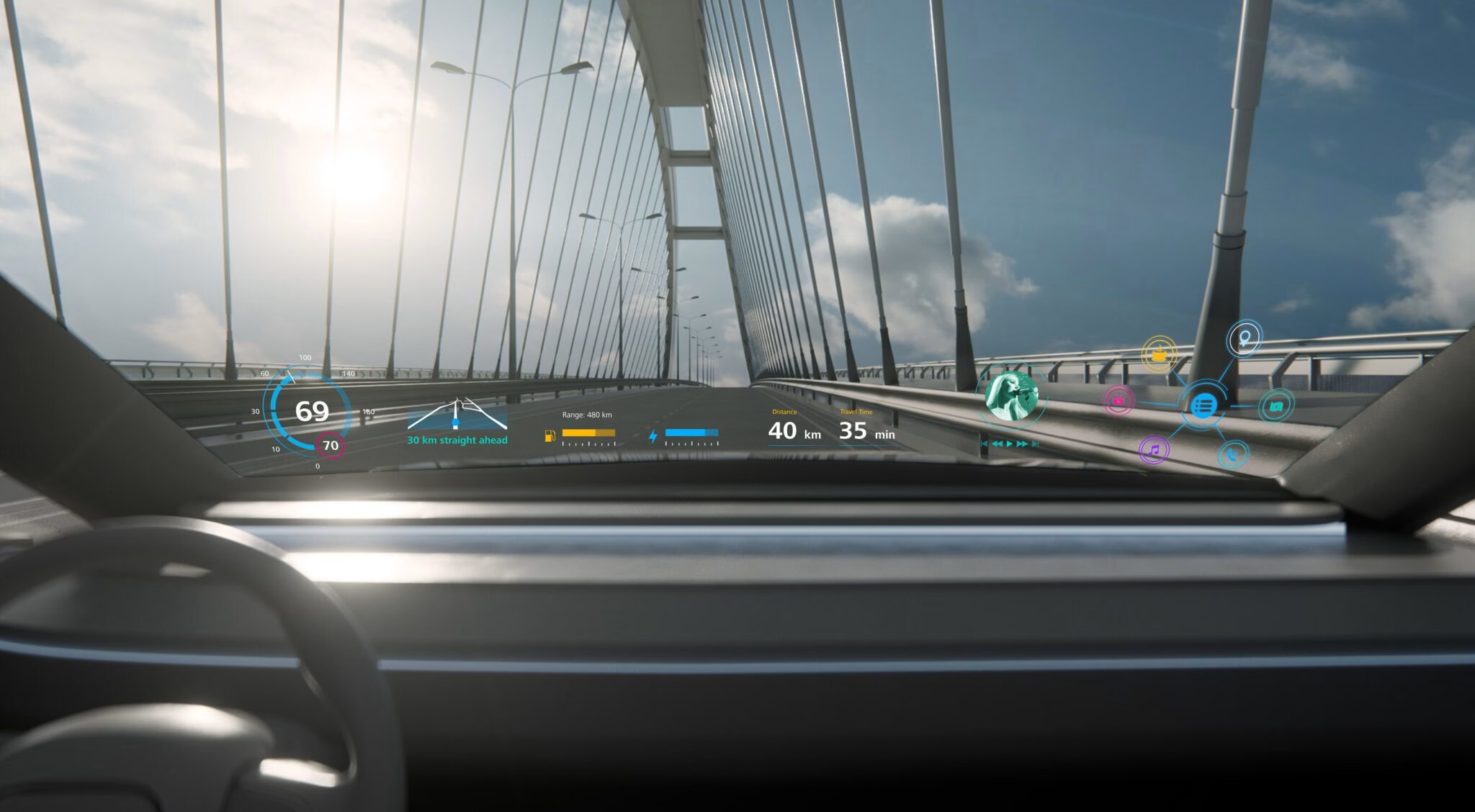LG Chem and Zeiss Partnership Progresses on Automotive Holographic Displays
SEOUL – The collaboration between South Korean chemical giant LG Chem and German optics specialist Zeiss is steadily advancing, focusing on the development of cutting-edge holographic display technology for the automotive sector. Initially announced mid-October 2025, this partnership aims to redefine in-vehicle interfaces, particularly through sophisticated heads-up displays (HUDs) for electric vehicles (EVs). While no major new public announcements have emerged in the last 24-48 hours, the initiative remains in an active development phase, with specific timelines for implementation now coming into focus.
LG Chem underscored its commitment during the Korea Electronics Show (KES 2025) in Seoul on October 20th, highlighting the integration potential of these holographic displays into next-generation EV dashboards. The company subsequently confirmed a substantial investment of KRW 200 billion (approximately $150 million USD) over the next two years to accelerate research and development. This commitment doesn't just signal a financial pledge; it sets a clear roadmap: pilot testing is slated for the second quarter of 2026, with a full commercial rollout anticipated by late 2027.
Technical Ambitions and Strategic Differentiation
The technology being co-developed targets impressive specifications designed for real-world automotive conditions. The holographic displays aim for resolutions up to 4K (3840x2160 pixels) with a broad field of view (FOV) ranging from 60 to 80 degrees. Brightness levels are targeted between 1,000-2,000 nits, ensuring optimal visibility even in bright sunlight. Furthermore the displays incorporate LG Chem's advanced polymer materials, contributing to lightweight and flexible panels, while optimizing power consumption to an estimated 15-25W per unit—a crucial factor for EV efficiency.
What differentiates this partnership from existing solutions, and even prior holographic ventures, is its emphasis on true 3D projection without the need for specialized glasses. Zeiss's multi-layer optics are central to this capability, enabling real-time 3D navigation overlays and precise depth perception accurate to 1mm at two meters. This represents a significant leap from traditional 2D HUDs offered by competitors like Bosch. LG Chem's focus on eco-friendly, recyclable polymers also positions the technology favorably within the growing trend for sustainable automotive components. Analyst estimates suggest integration costs could range from $500-$1,200 per vehicle unit by 2027, making it potentially more competitive than some current high-end holographic systems.
Industry Insights and Regional Outlook
Industry experts are closely watching the developments. Gartner analysts have praised the partnership, labeling it a "game-changer for AR in mobility," citing Zeiss's established lens technology as a key differentiator. However, caution exists; Ross Young from Display Supply Chain Consultants (DSCC) raised concerns about the historical challenges of scalability, cost, and durability of holographic displays in demanding automotive environments. Online communities, including forums like Reddit and X, express excitement over "sci-fi dashboards" but also a healthy skepticism regarding timelines and potential pricing. Many wonder if the technology will be "premium but pricey" like LG's OLEDs.
Regionally, the partnership is strategically positioned. In South Korea, LG Chem's home market, the initiative benefits from government subsidies under the nation's "Green New Deal," targeting 20% of new EVs with holographic displays by 2030. Pilot programs are set to commence in Seoul in 2026. Zeiss, leveraging its German base, is working to ensure EU compliance with data privacy regulations (GDPR) for AR features, with potential adoption in European marques like Volkswagen and BMW by 2028. North American interest from automakers like GM and Ford is also noted, though regulatory approvals from entities like NHTSA for distraction-free interfaces remain a key hurdle for broader market entry, expected around 2027. This collaboration, ultimately, is seen as a significant step towards enhancing human-machine interfaces, potentially capturing a substantial segment of the evolving automotive display market.
